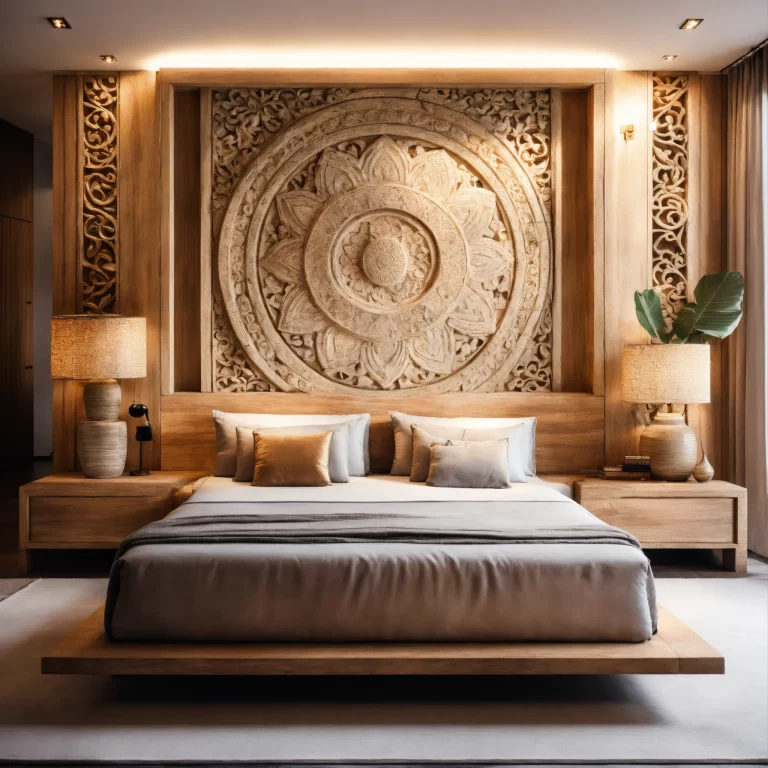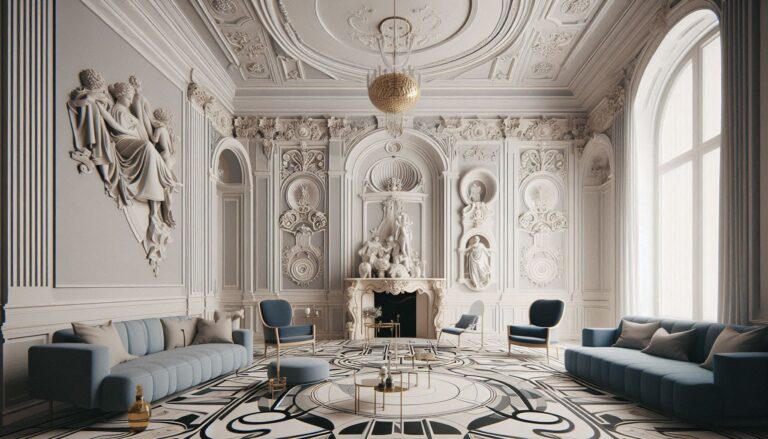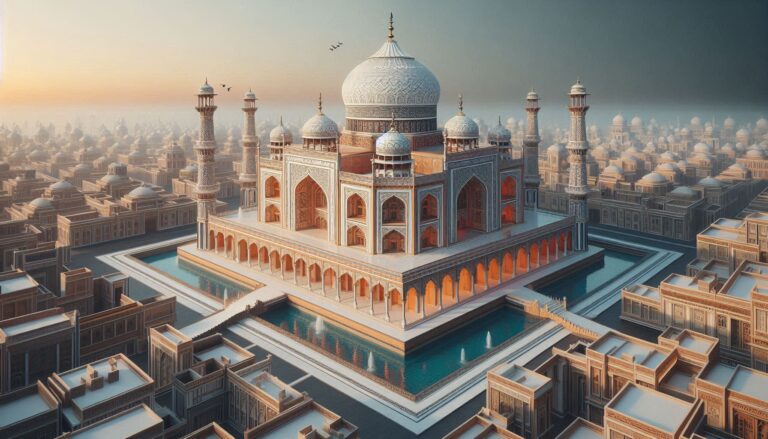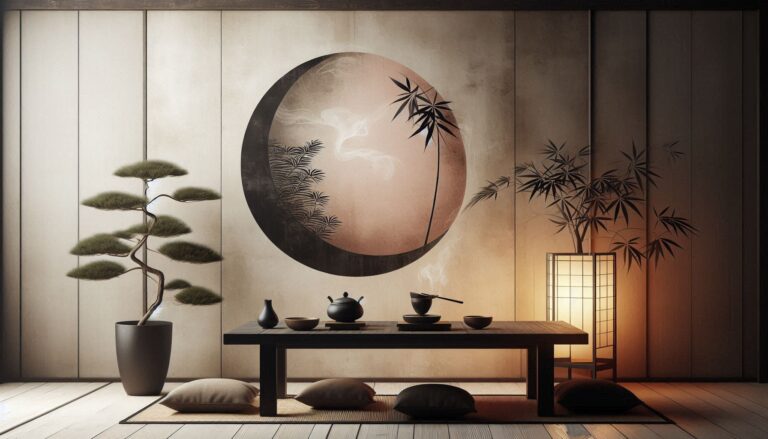The Influence of Mughal Architecture on Contemporary Indian Design
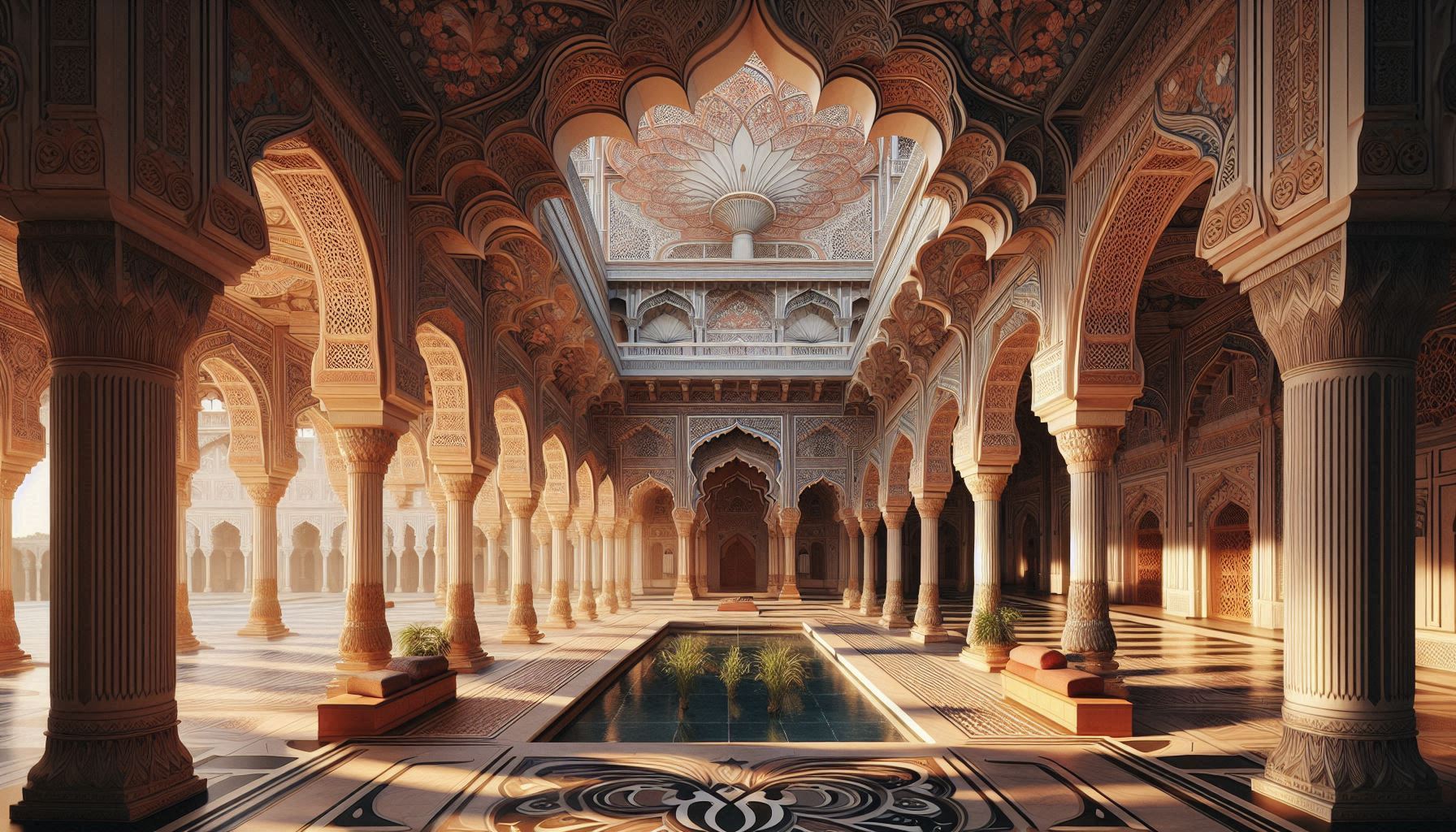
Mughal architecture, known for its grandeur, symmetry, and intricate detailing, has had a lasting impact on contemporary Indian design. From majestic palaces and tombs to modern interiors and urban planning, the Mughal aesthetic continues to shape India’s architectural and design landscape.
Key Elements of Mughal Architecture in Contemporary Indian Design
1. Domes and Arches
Mughal structures, such as the Taj Mahal and Humayun’s Tomb, are famous for their grand domes and scalloped arches. These elements are widely incorporated into contemporary Indian homes, mosques, and public buildings to evoke a sense of historical grandeur.
2. Intricate Jali Work and Carvings
The delicate lattice screens (jali) and floral motifs that adorned Mughal palaces are now commonly used in modern facades, window designs, and interior partitions. These provide both aesthetic beauty and functionality by allowing natural ventilation while maintaining privacy.
3. Symmetry and Geometric Patterns
Mughal architecture emphasized balance and symmetry, which is reflected in contemporary Indian design through well-proportioned layouts and geometric tiling patterns in flooring and wall decor.
4. Use of Marble and Inlay Work
The exquisite marble inlay work seen in Mughal monuments has influenced contemporary luxury interiors. Homeowners and designers incorporate marble flooring, semi-precious stone inlays, and intricate detailing to recreate a regal ambiance.
5. Gardens and Courtyards
Inspired by the Persian Charbagh gardens of Mughal palaces, many contemporary homes and public spaces in India feature landscaped courtyards and garden pavilions, promoting harmony with nature.
Modern Adaptations of Mughal Influences
• Architectural Design: Contemporary architects blend Mughal elements with modern materials and sustainable practices to create structures that honor tradition while meeting present-day needs.
• Interior Aesthetics: The use of Mughal-style arches, jali panels, and hand-painted murals adds historical charm to luxury residences and hotels.
• Urban Spaces: Public buildings and cultural institutions often integrate Mughal-inspired domes, minarets, and decorative facades to preserve architectural heritage.
Conclusion
The influence of Mughal architecture on contemporary Indian design is undeniable. Whether in grand architectural forms or intricate interior details, the Mughal legacy continues to shape India’s design ethos, blending history with modern innovation to create timeless elegance.


